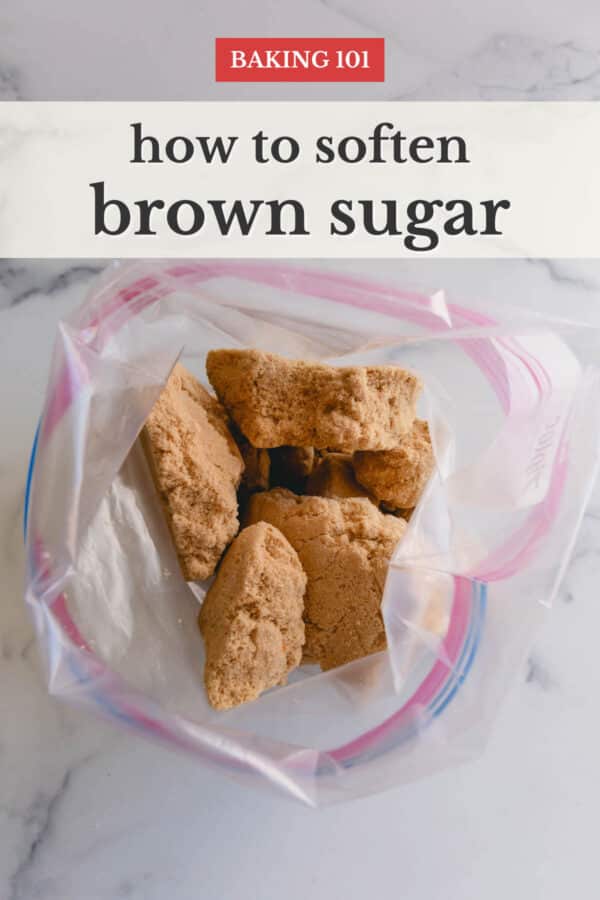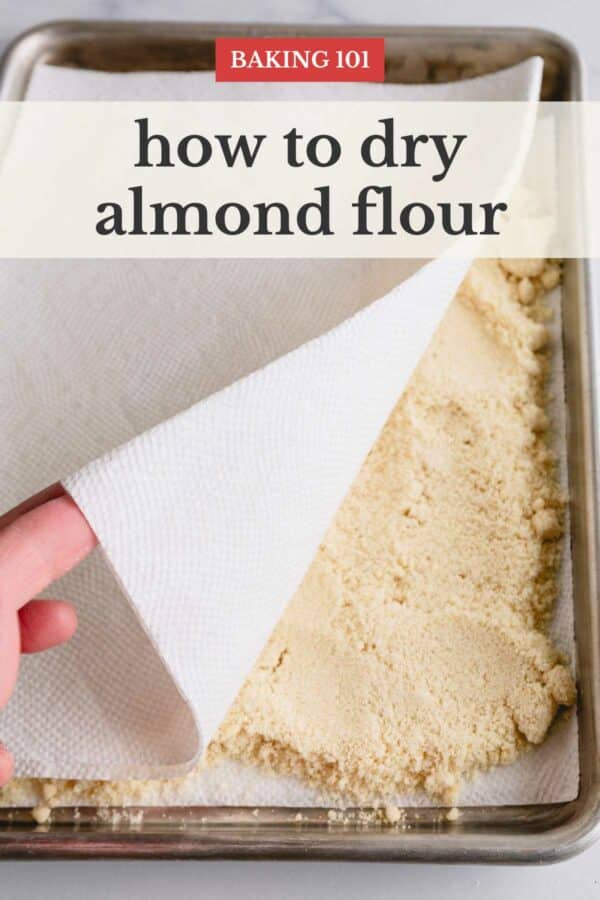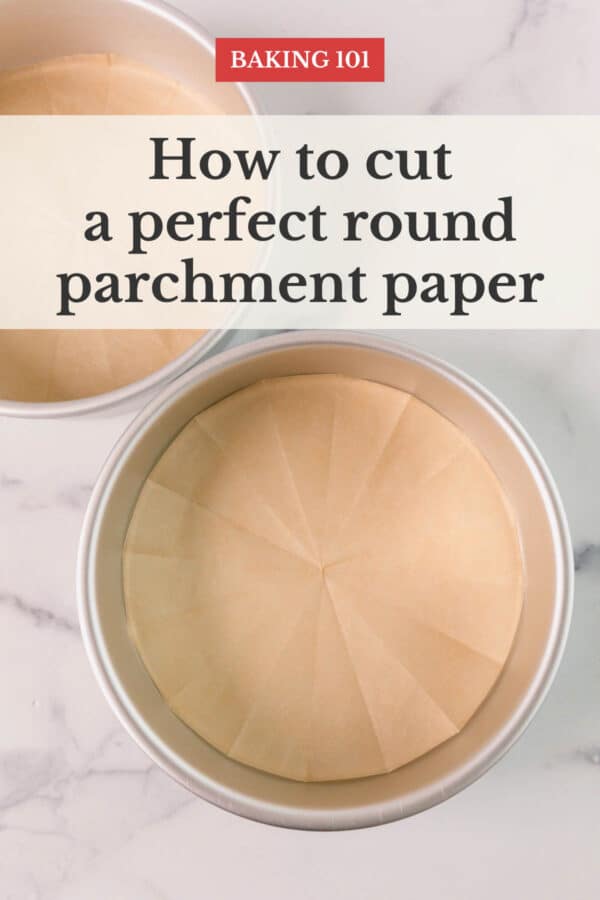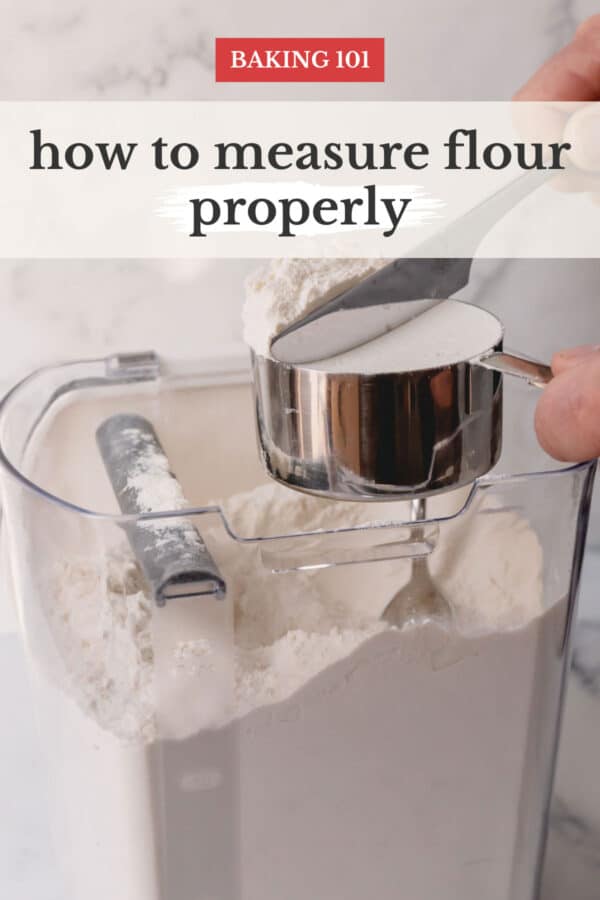Learn what room temperature butter really means and three signs of a perfect butter for baking. Also, understand the difference between softened butter and room temperature butter.
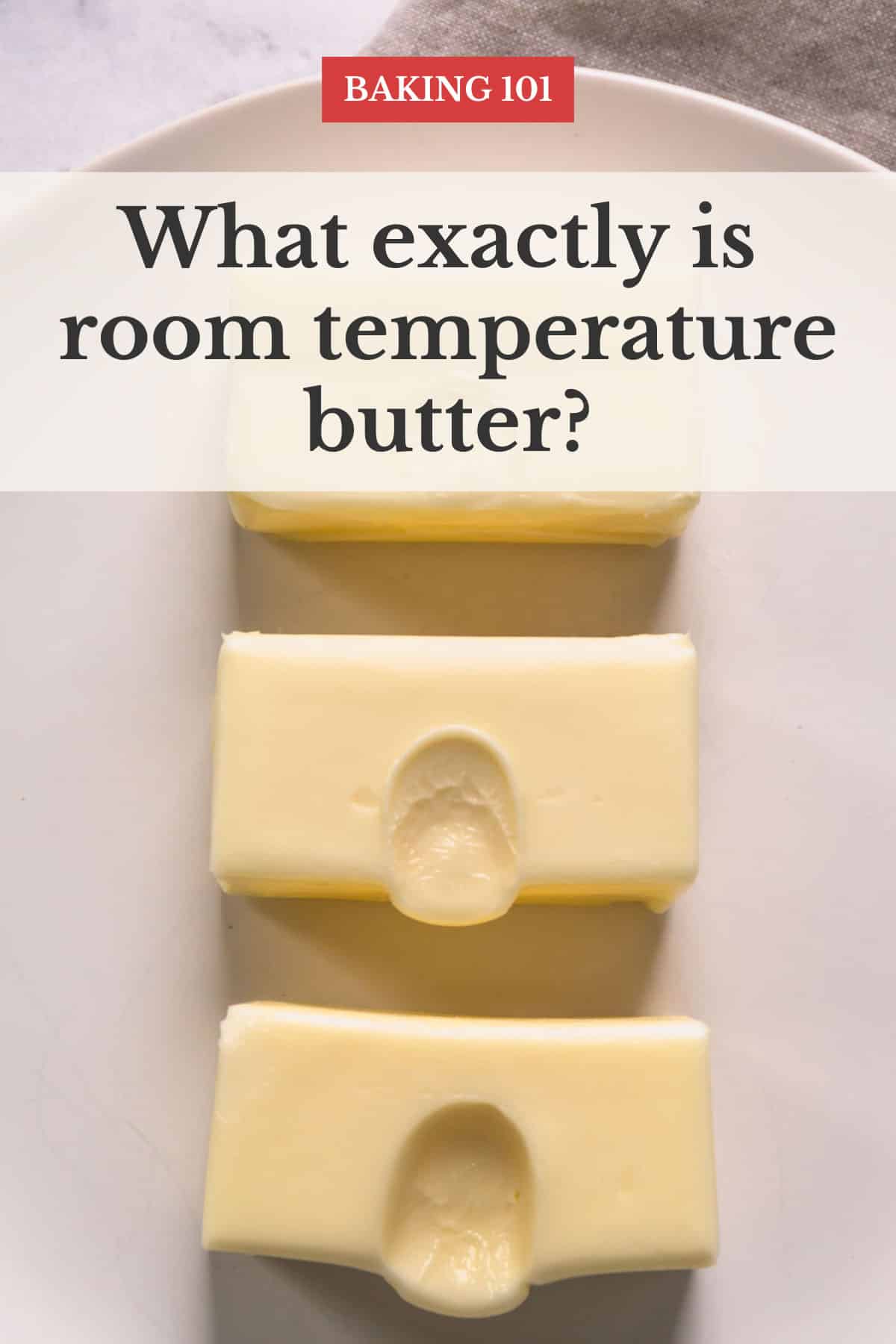
Table of Contents
Did you know you can’t interchangeably use melted, softened, and room-temperature butter? The temperature and consistency of the butter directly affect the texture and rise of baked goods. For example, melted butter spreads the cookies, producing crispy, flat cookies. And too soft or too cold butter will yield denser, heavier cakes!
It’s essential to follow a recipe’s instructions regarding butter temperature to achieve the best results in baking.
Softened vs. Room Temperature
If the recipe specifies room temperature butter, the butter should be no more than 68°F (20°C). More on this below.
If the recipe says softened butter, any softened butter should work without affecting the final result, like this compound butter recipe.
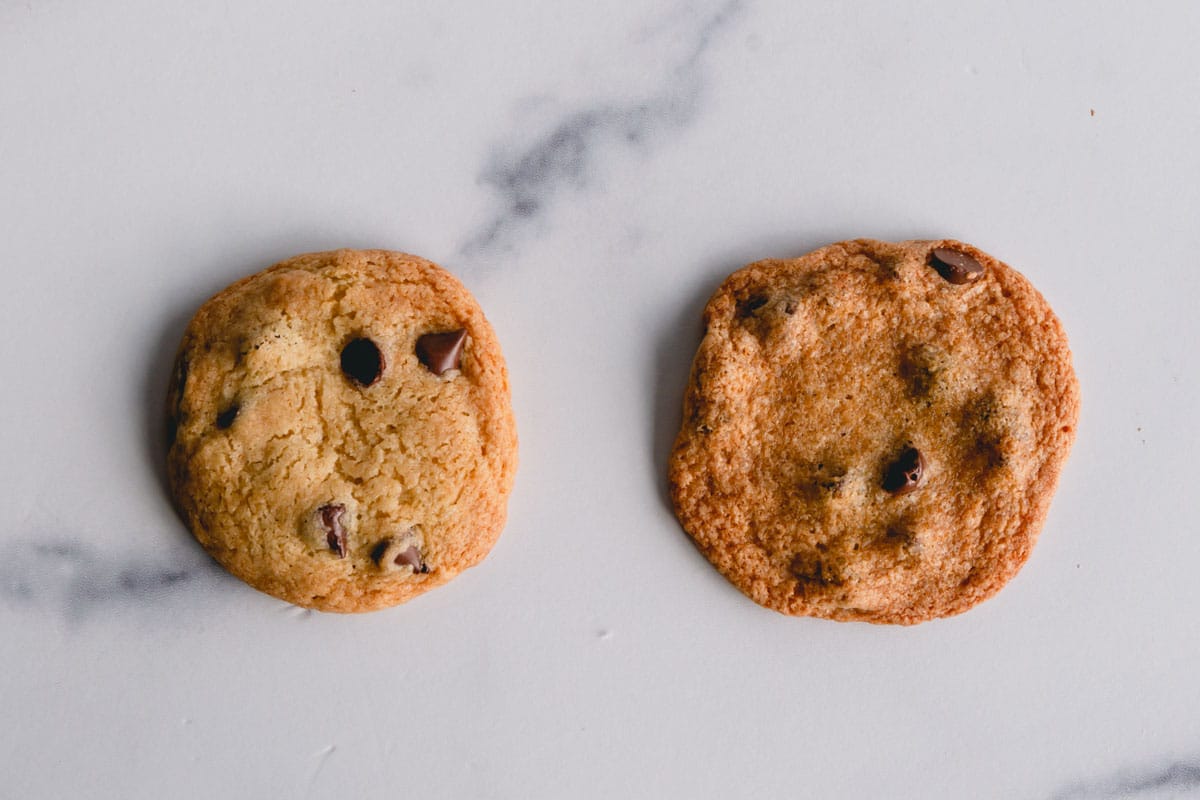
Why is it important to use room-temperature butter in baking?
Using softened butter in baking ensures that your recipes turn out as intended. It helps to achieve the right texture, flavor, and rise in your baked goods. For example, my tall blueberry muffins are a perfect result of using room-temperature butter.
- Even Mixing: Room-temperature butter is soft enough to easily mix with other ingredients, such as sugar and eggs, ensuring a smooth and consistent batter or dough. And even distributed fats and sugars produce a uniform texture in the final product.
- Creaming Ability: Many baking recipes call for creaming butter and sugar together. Room-temperature butter traps air during this creaming process. This trapped air expands during baking. And as result, cakes, cookies, and other baked treats come out lighter and fluffier.
- Better Incorporation: Room-temperature butter is more readily incorporated into the batter or dough, preventing the formation of lumps or clumps. A smoother, more cohesive mixture produces baked goods with even texture and desired taste!
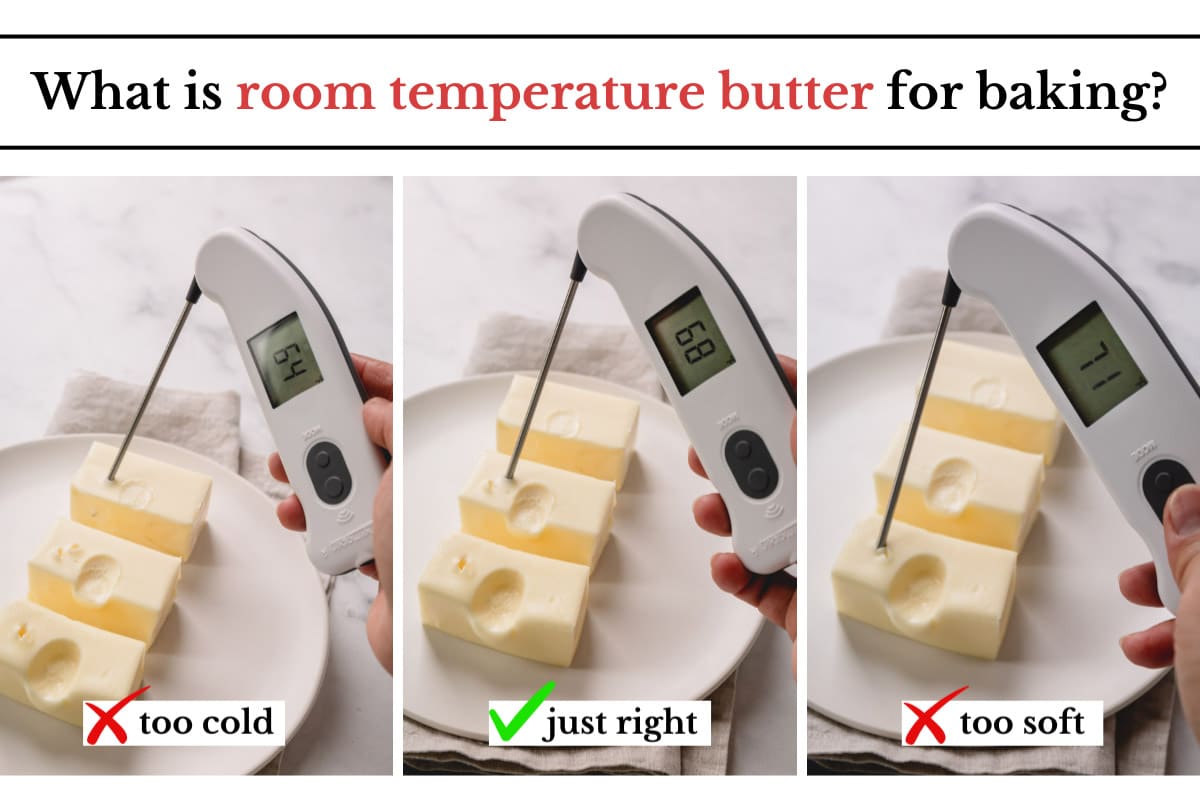
What exactly is room-temperature butter for baking?
Average room temperature ranges between 68 and 72°F (20-22°C). Room temperature butter in baking is butter that is slightly colder than the room temperature.
The ideal temperature for room temperature butter in baking is around 68°F (20°C) or lower.
3 Signs of perfect room temperature butter:
- It’s cool to touch. Take an instant thermometer and check its temperature. The ideal temperature should be between 65-68°F.
- It dents with a little resistance. Press your finger into the butter, and it should dent with a little resistance. If it sinks through easily, the butter is too soft, and your cake will turn out dense!
- It shouldn’t be shiny or greasy. Oily and shiny butter is a telltale sign of too soft butter.
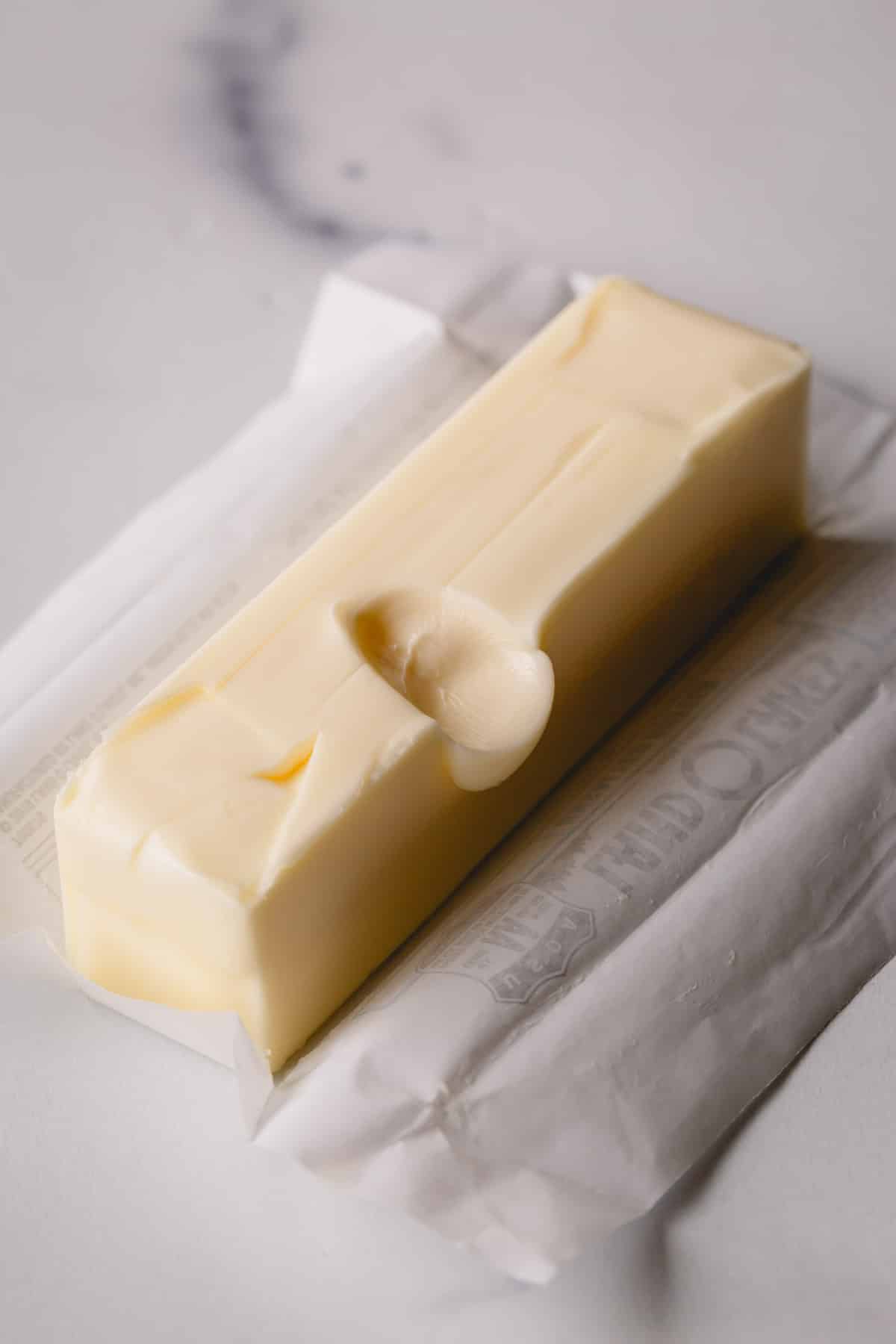
How to Bring Butter to Room Temperature:
From pounding the butter with a rolling pin to cutting butter into small cubes, there are many different ways to make butter room temperature.
Here are my favorite methods to bring butter to room temperature:
- Method #1: Take the butter out of the fridge 1-2 hours before you start baking. Depending on the ambient room temperature in your kitchen and the amount of butter, the exact time will vary. In general, it takes about 1 hour for a stick of butter to come to room temperature on the counter in a 70°F kitchen. Frozen butter will take longer time.
- Method #2: Microwave the butter in its wrapper, seam-side down, for 10 seconds at 40% power (in a 1000Watt microwave!). Turn the butter on the opposite side, and microwave for another 10 seconds at 40% power.
The second method is my go-to method for bringing butter to room temperature in less than 30 seconds!
No-Fuss Recipes with Butter:
Don’t want to bother with the whole room temperature butter? I get it! Sometimes, you just want to make something delicious with foolproof results.

